Learn how to properly measure flour using the spoon and level method! Follow these tips for more ingredient accuracy and better results every time you bake.
When you're baking chocolate chip cookies, the difference between soft, gooey, delicious cookies and tough, chewy, hard cookies might just be how you're measuring out your flour.
Because did you know that using a measuring cup to scoop flour directly out of the bag can add up to an extra 30g of flour to the cup than intended? It's true!
Adding in that much additional flour can really change the overall texture and taste of your baked goods, so it's important to measure your flour as precisely as possible each time you bake.
Let's explore two methods you can use to properly measure flour when baking so that your baked goods turn out as consistent (and delicious) as possible.
First, an Ode to Kitchen Scales
I've said it before, and I'll say it again: the most accurate way to measure your ingredients will always be with a kitchen scale. And that's why it's the method I use to measure out my ingredients!
It's the way that I was taught in pastry school, and it's the way that all the chefs that I worked with in the restaurant industry measure their ingredients. That's why you will always find both weight measurements alongside volume measurements for all the recipes here on The Baker's Almanac.
If you're looking to start weighing your ingredients, I highly recommend picking up a digital kitchen scale — they're pretty affordable and can last you a long time (I've had mine for years!).
The Spoon & Level Method
That said, if you don't have a kitchen scale, there is another method you can use to measure your flour as accurately as possible, and that's the spoon and level method.
If you follow this method correctly, you can rest easy knowing that you aren't overfilling your measuring cup when weighing out flour.
Here's how it works:
- Fluff up the flour in the bag or container it's stored in.
Chances are your flour might be tightly packed in its container. Use a fork or spoon to lightly fluff up the flour to break apart any clumps before measuring it out.

- Spoon the flour into your measuring cup.
As you're spooning the flour into the measuring cup, do not pack it down. I repeat: do not pack it down!
If you pack the flour into the measuring cup, you run the risk of overfilling it. Just lightly spoon the flour into the cup until it reaches the top.
- Use the back of a knife to level off the top of the measuring cup.
This lets you get rid of the excess flour without packing the flour down inside the measuring cup.

After that, you're ready to add the measured flour to your recipe!
Whether you weigh out your flour using a kitchen scale or you opt for the spoon and level method, I hope that these tips help you measure out flour more accurately each time you bake.
Because when it comes down to it, the more accurate your ingredient measurements are, the more delicious your baking will be.


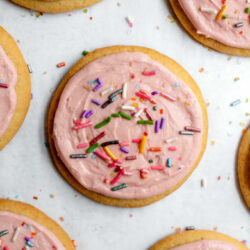
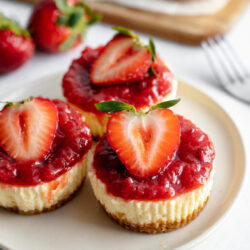
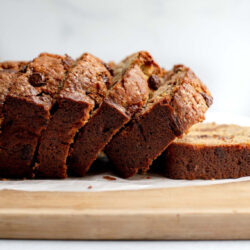
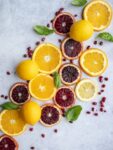
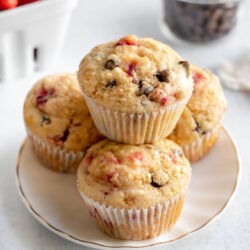
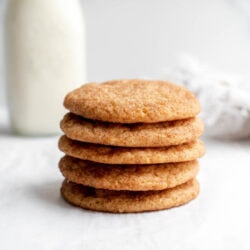
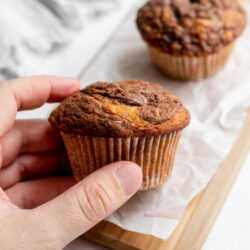
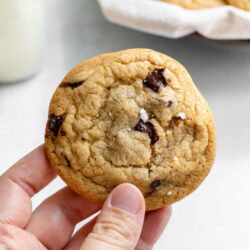
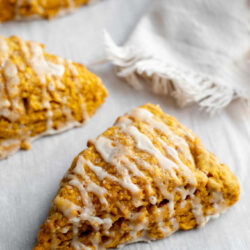
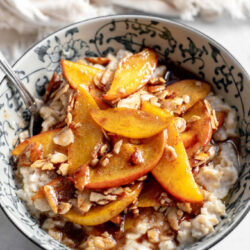

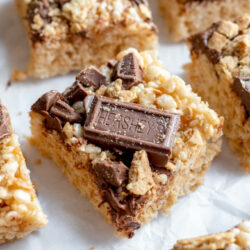
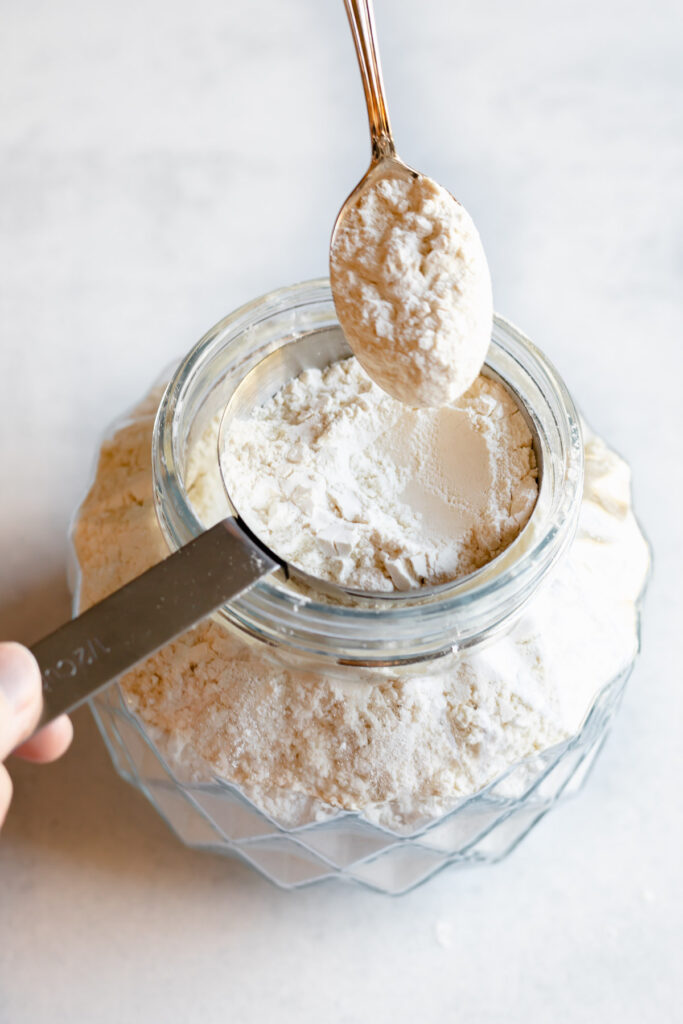


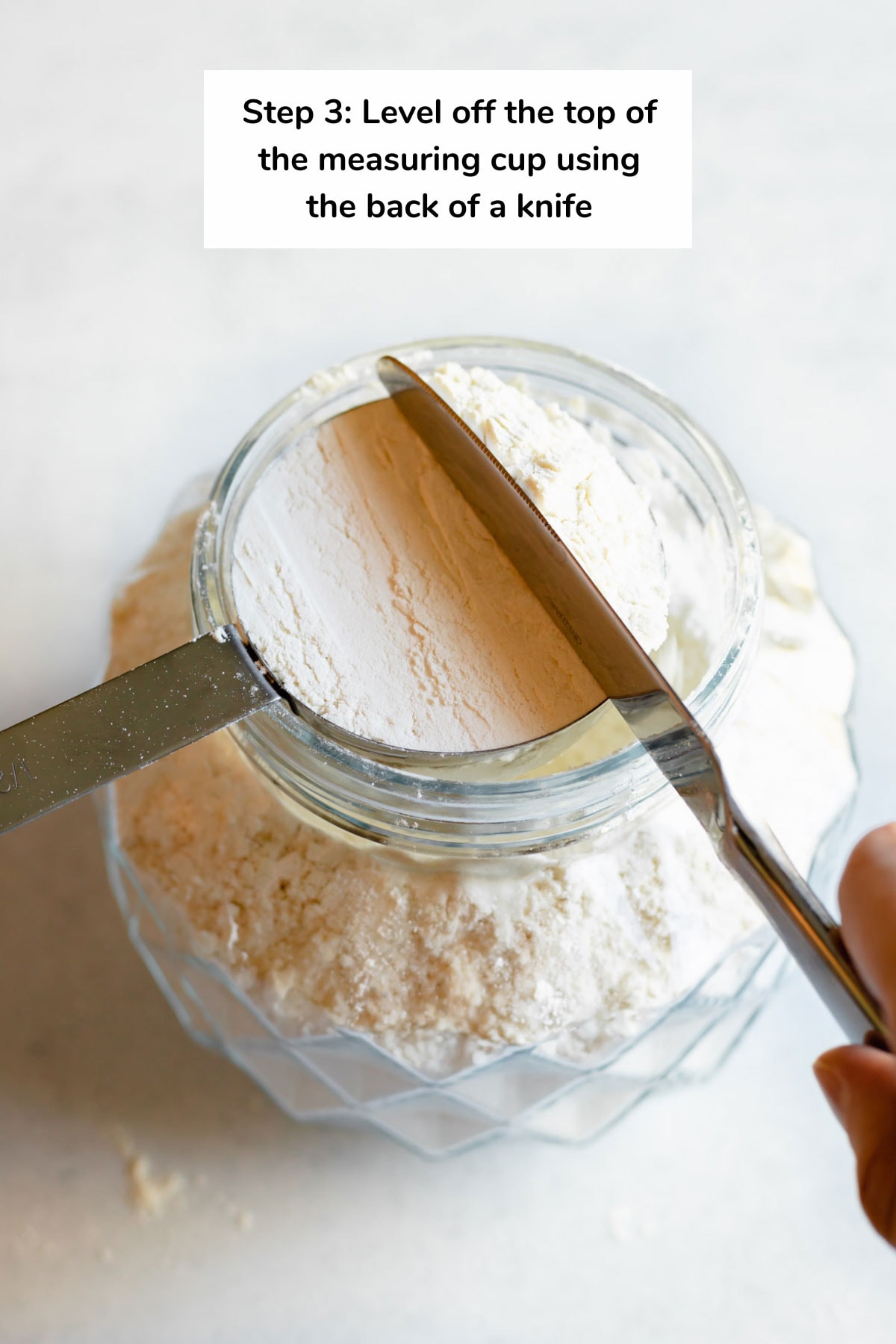
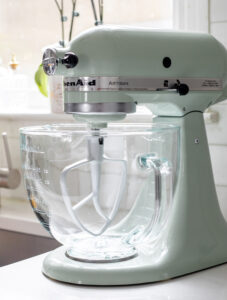
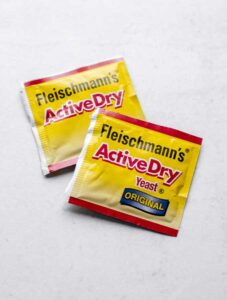
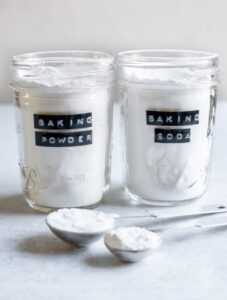
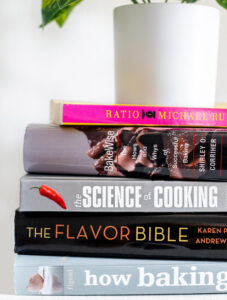


All recipe ingredients aren't given in weights, so how do you use your kitchen scale for correct measurement.
Hi, Doro! Great question.
When a recipe doesn't provide the weight measurement of an ingredient, I like to reference this chart from King Arthur Flour to find it out. It lists the volume, ounces, and grams equivalencies for common ingredients.
I hope that helps!